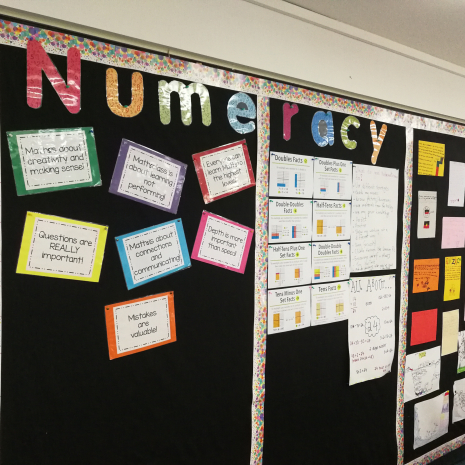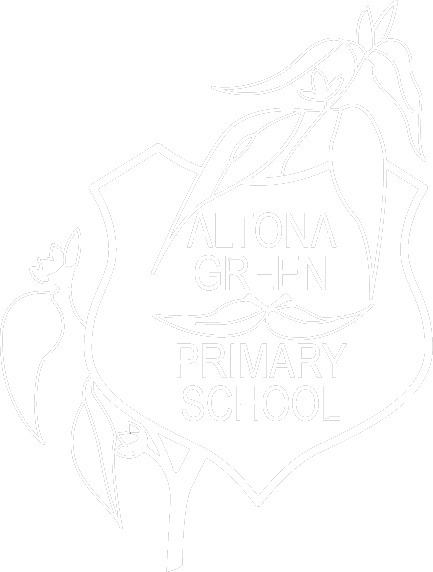Numeracy

The Mathematics curriculum is structured into the content strands (content, knowledge and skills) and proficiencies (thinking and doing of mathematics) of mathematics.
Content Strands:
|
Strands |
Number and Algebra |
Measurement and Geometry |
Statistics and Probability |
|
Sub-strands |
Number and place value |
Using units of measurement |
Chance |
|
Fractions and decimals |
Shape |
Data representation and interpretation |
|
|
Real numbers |
Geometric reasoning |
|
|
|
Money and financial mathematics |
Location and transformation |
|
|
|
Patterns and algebra |
Pythagoras and trigonometry |
|
|
|
Linear and non-linear relationships |
|
|
Proficiencies:
|
Understanding |
Reasoning |
Fluency |
Problem Solving |
|
|
|
|

Contact Info
240 Victoria St Altona Meadows, Vic 3028
03 9360 0777
altona.green.ps@education.vic.gov.au
Monday - Friday: 8:30 am - 4:30 pm
Altona Green Primary School acknowledges the Bunurong People of the Kulin Nation as the traditional owners of the land our school is on. We pay our respects to elders past, present and emerging and are grateful for the land that we live, learn and play on every day.
